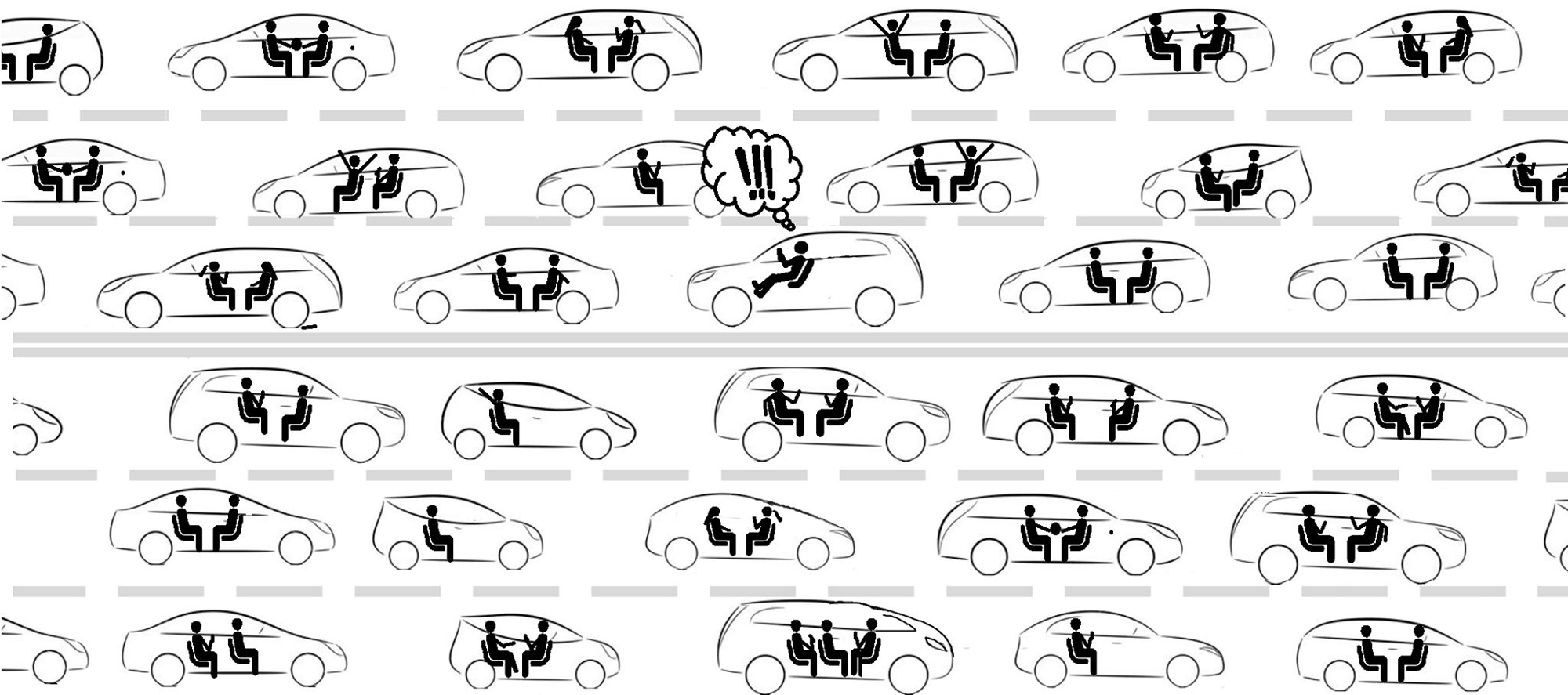Automated vehicles (AV), also known as self-driving cars, are currently being developed, and a new report has concluded that Canada must step up its game to catch up with this exciting and disruptive technology. The Conference Board of Canada, a not-for-profit applied research group, warned in a report released on January 21 that if Canada does not prepare for the inevitable implementation of AV technology, it will face economic consequences and ultimately lag behind in benefiting from the technology.
Current status
The report declared, “We see the widespread adoption of AVs as being a matter of ‘when,’ not ‘if.’” It predicted that AV technology will sweep across the world in as little as five years – in fact, the first generation of AV technology is already upon us. Two-seater vehicles are on the streets of California by way of Google’s ‘Chauffeur Project,’ and in Alberta, Suncor is already using autonomous large dump trucks on private properties for work in the oil sands.
The state of Nevada has passed legislation to allow AVs on highways, while the governments of Singapore, the European Union, and the U.K. are actively promoting the testing of AV technology. Mercedes-Benz, General Motors, Nissan, and Tesla are all developing AVs that can rival a human-driven car in all functions and capabilities.
Semi-automated cars, such as the Mercedes Benz S-class, are already commercially available.
Car manufacturers plan to add Advanced Driver Assistance Systems (ADAS) to familiar vehicle models, rather than create fully autonomous vehicles from scratch. Current ADAS technology includes lane-keeping, intelligent cruise control with braking, and automated parking. ADAS systems will first appear in higher-end models, with the goal of being universally implemented in all models in the near future.
The current research behind AV technology is keen to keep it a modifying technology rather than a replacement technology, for easier integration socially, economically, and infrastructure-wise. It could also be useful for legal purposes – for example, the current technology favours retaining a driver for purposes of private ownership of vehicles. However, legislation is predicted to move toward giving greater freedom and scope of AV technology, and thus full automation amongst other vehicles remains an eventual possibility.
The potential benefits
There are a host of benefits, the most significant one being safety. AVs are expected to eliminate traffic accidents caused by human error, which account for 93 per cent of all traffic accidents, and, as a result, could save up to 1,600 lives in Canada every year.
AVs can be considered as one of the first classes of autonomous robots that could potentially be owned by the masses, and they could replace conventional cars in the taxi industry. Barrie Kirk, co-founder of the consulting company Canadian Automated Vehicles Centre of Excellence and one of the authors of the report, told The Daily that “if you have your own car, for most people that car sits idle for 95 per cent of the time. It’s very inefficient.”
Kirk believes AVs could generate interest in the transportation-as-a-service model, where cars are rented rather than owned. The overall effect would be to reduce the number of conventional cars on the road, meaning decreased space needed for parking, a smaller ecological footprint due to the reliance on electricity rather than oil, and reduced traffic. AVs can also free up time spent at the wheel, as people will be able to perform other tasks while travelling; according to Statistics Canada in 2011, Canadians spent on average 32 days in traffic.
Kirk notes AVs would reduce the cost of transportation by introducing a shared ownership model for cars through transportation-as-a-service. Instead of a conventional car, people would use driverless taxis and pay a monthly or daily rate, and since the cost would be distributed over many different customers, it would be cheaper than owning a car.
Concerns with the new technology
Wajeeh Syed, mechatronics engineer intern at Tesla, noted some challenges facing AV technology, such as “detecting construction areas […] reading the speed limit, if signs are dirty [the AV] wouldn’t pick up the right speed. Heavy weather conditions are also proving to be difficult.” Kirk, however, is confident that with time the challenges will be overcome. “The technology is moving ahead very well.”
If AVs were to be fully implemented, the job losses would be monumental. It could severely affect the livelihood of more than 500,000 Canadians who rely on conventional cars to earn a living. There are also concerns regarding the security of AVs; as the technology becomes more complex, it also becomes more vulnerable to bugs and being compromised by third parties. Finally, there is also the risk of future generations becoming too dependent on the technology and thus being unable to function without it. It is evident that AVs will become a reality within the decade, this is all the more reason to start considering the implications and possible ethical issues now.
